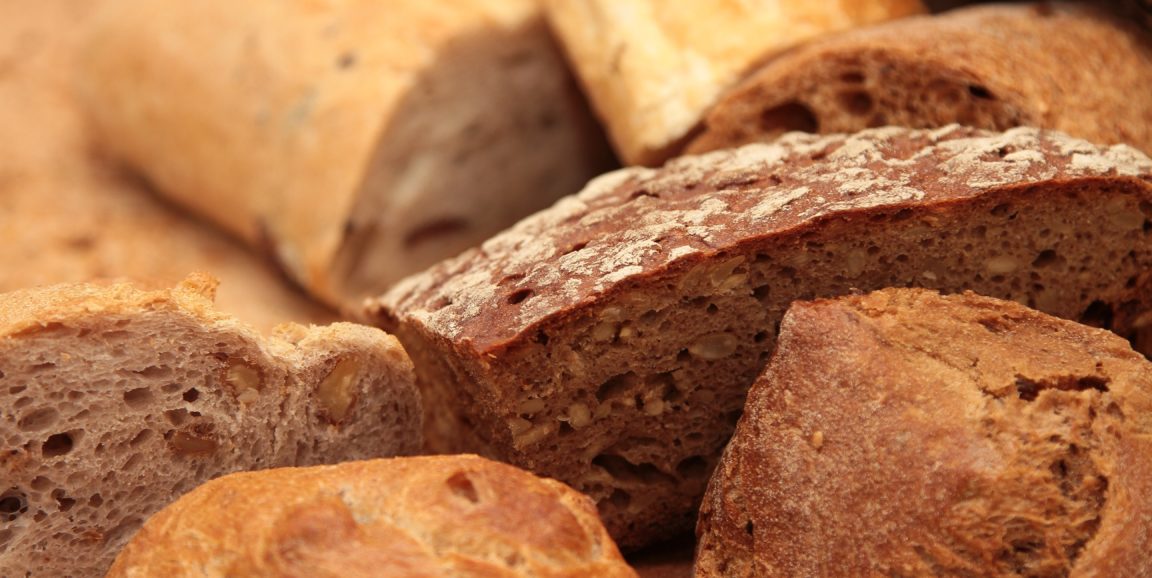A low-fat diet was strongly advocated in the late 1970s as a healthier alternative to the mainstream, high-fat American diet of the 1960s. Given the association of high fat with additional calories and the harms of increased saturated fat intake, this recommendation from both the federal government and professional organizations had some logic. Unfortunately, this dietary advice backfired dramatically. Without detailed, clear instructions about what to eat in place of fats, a low-fat diet was often dominated by unhealthy, processed carbs.
Health rationale slogan: By restricting fat, you can stay thin and avoid heart disease and cancer.
Analysis: A diet that greatly reduces fat can be a good diet, but only if fibrous vegetables, fruits, beans/legumes, and whole grains replace the missing fat. When fat intake is, instead, shifted to bread, desserts, and breakfast cereal, the results can be disastrous.
"Recommending a low-fat diet backfired when the food industry realized that lower fat content of many products also lowered palatability and sales, which they typically addressed by adding sugars and refined grains. These new, low-fat products were marketed as healthier choices — which they were not," said Stanford nutrition scientist Christopher Gardner, PhD.
As we now know, not all fats are bad. There is a distinction between good fats (unsaturated fats from nuts, vegetable oils and fish) and bad fats (saturated or trans fat from red meat, dairy and processed foods). While many consider the low-fat diet to be discredited, if it is modified to avoid processed carbs and to include healthier forms of fat, this diet can be a healthy pattern of eating.
Easy to follow?: Relatively easy to follow at home, but sometime more difficult in eating out because some restaurants have limited low-fat selections.
Dominant source of protein: Lean meats, non-fat dairy products, legumes (including soy products), nuts, grains.
Most common fats: Plant-based are a better choice.
What about carbs?: Open season on carbs, at least in the older version of this diet.
When it goes wrong: For the average American, fat-containing meat is a dominant part of many meals. Substituting highly processed foods where sugars and refined flour dominate can create an unhealthy low-fat diet.
To make it healthier: A lower fat diet emphasizing fibrous vegetables, beans/legumes, fruits, and whole grains facilitates health. A low-fat pattern of eating will remain a healthy diet as long as highly processed foods are minimized.
Variations: A low-fat diet should ideally be a low saturated fat diet. A Mediterranean diet and many vegetarian diets approximate this goal of low saturated fat intake and are very healthy lower fat diets.
If you’re going to cheat: Liberalizing the intake of fats from fish and plants can lead to a more satisfying and easier to follow pattern of eating.
Conclusion: A lower fat diet can be a disaster if fats are replaced by high glycemic index carbohydrates, those simple carbs like sugar and flour that are digested very quickly. However, a lower fat diet can be a good choice given the benefits of many plant-based foods, but only if it incorporates the whole grains, fruits, beans/legumes and fibrous vegetables that are a natural part of many of the other diets discussed in this blog series. The past experience with low-fat diets is a prime example of unintended consequences when dietary advice is not clear and detailed.
This is the eighth post in a series called A Skeptical Look at Popular Diets. The series reviews the eight currently most prominent diets in America. The next, final blog post will discuss a Mediterranean diet.
Randall Stafford, MD, PhD, is a professor of medicine at Stanford. He practices primary care internal medicine and studies strategies for preventing chronic disease. Stanford professor and nutrition scientist Christopher Gardner, PhD, examines the impact of diet on health and disease. Min Joo Kim provided research assistance.
Photo by TiBine





